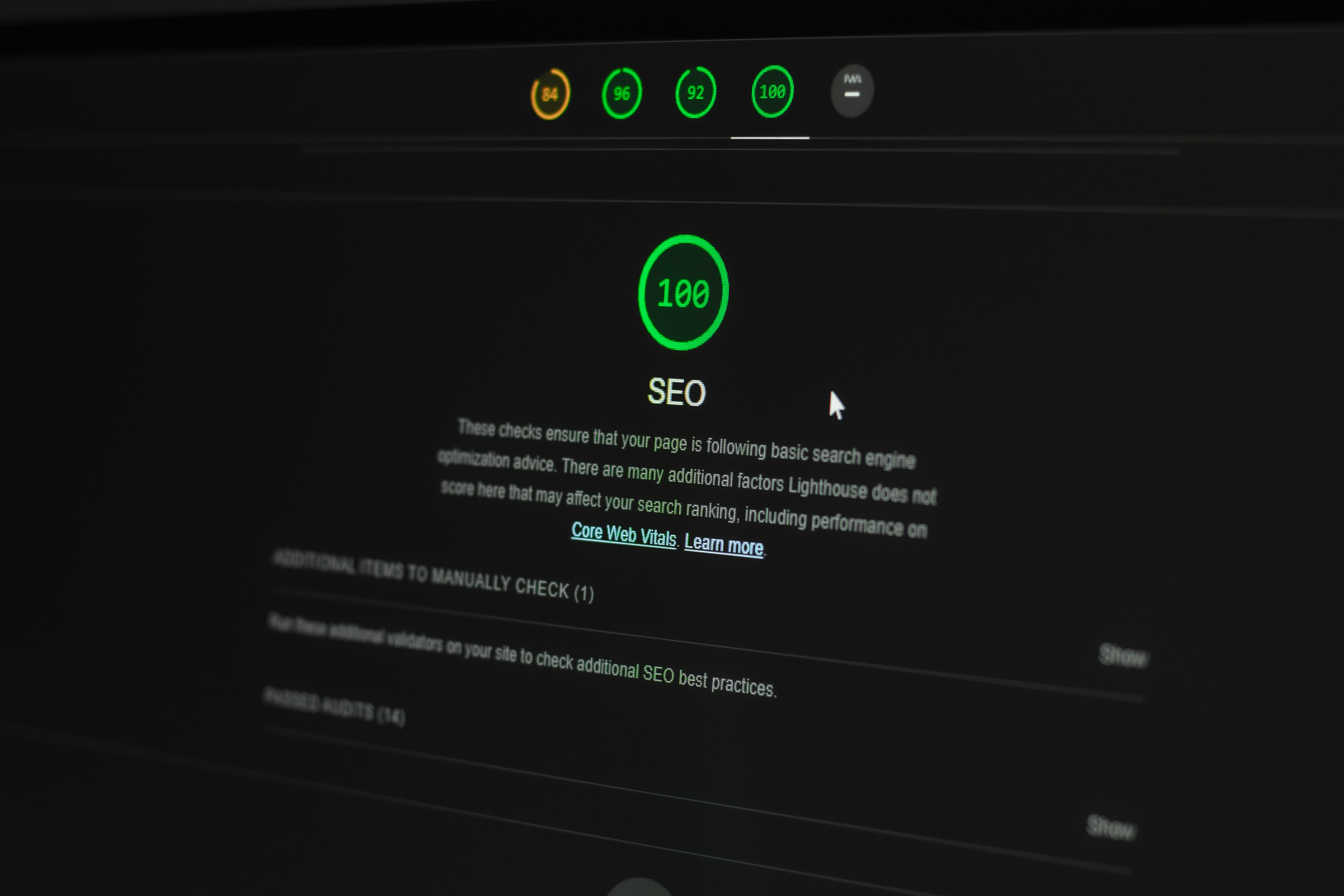Understanding Productivity in Marketing
Productivity in marketing refers to the efficiency and effectiveness with which a marketing team achieves its objectives. This concept encompasses a variety of key performance indicators (KPIs) that allow organizations to assess the success of their marketing efforts. Among these metrics are campaign turnaround times, content output, and lead generation rates. Each of these metrics provides insight into how well a marketing department is functioning and contributes to the overall success of the organization.
Campaign turnaround time measures the speed at which marketing initiatives are conceptualized, developed, and launched. A shorter turnaround time can indicate a more agile marketing team capable of responding to market changes or consumer needs effectively. This agility is vital in today’s fast-paced business environment, where timely marketing efforts can lead to increased engagement and higher conversion rates.
Content output is another fundamental metric, reflecting the volume of content produced over a specific period. This may include blogs, social media posts, and promotional materials. Higher content output can indicate a marketing team’s ability to maintain consistent communication with its audience and enhance brand visibility. However, it is essential to balance quantity with quality, as poorly produced content can harm a brand’s reputation.
Moreover, lead generation rates gauge the effectiveness of a marketing team in attracting potential customers. High lead generation rates suggest that the marketing strategies employed are resonating with the target audience and successfully prompting them to engage. However, measuring productivity in marketing presents unique challenges, as teams often juggle multichannel strategies that require coordination and creativity. This complexity can lead to barriers that hinder high productivity levels, necessitating a structured approach to process management and team collaboration.
Tools and Technology to Enhance Marketing Efficiency
In today’s fast-paced business environment, marketing departments are increasingly turning to a variety of tools and technologies to improve efficiency and productivity. One critical aspect is the adoption of project management software, which helps teams track progress, assign tasks, and manage deadlines effectively. Tools like Trello and Asana allow for clear visibility into ongoing projects, improving accountability and ensuring that resources are allocated efficiently.
Additionally, automation tools have revolutionized content distribution, allowing marketing professionals to focus more on strategy while routine tasks are handled automatically. Platforms such as HubSpot and Buffer facilitate the scheduling of social media posts, ensuring consistent engagement with target audiences across various channels. These automation technologies not only save time but also provide analytics on performance, enabling marketers to optimize future campaigns based on insights garnered from data.
Analytics platforms also play a pivotal role in enhancing productivity within marketing departments. Tools such as Google Analytics and SEMrush provide valuable insights into user behavior, campaign effectiveness, and overall market trends. By leveraging such data, marketers can make informed decisions, choose the right direction for their efforts, and allocate resources to projects that yield the highest returns.
Furthermore, effective communication is essential in a marketing department where collaboration is paramount. Tools like Slack and Microsoft Teams streamline communication, making it easier for team members to share updates, brainstorm ideas, and address challenges in real-time. The integration of these communication tools fosters a collaborative environment, reducing misunderstandings and increasing overall workflow efficiency.
Implementing these technologies can significantly enhance the productivity of marketing departments, allowing them to achieve their objectives with greater efficiency. By utilizing project management software, automation tools, analytics platforms, and streamlined communication methods, marketing teams can optimize their operations and drive better results.
Cultivating a Productive Marketing Team Culture
In a marketing department, the productivity of the team is largely influenced by its underlying culture and dynamics. A positive workplace culture fosters collaboration and creativity, encouraging team members to contribute their ideas and engage actively in projects. To cultivate a productive marketing team culture, it is essential for leaders to prioritize open communication, establishing an atmosphere where any team member feels comfortable sharing insights and feedback.
One effective strategy for enhancing collaboration is to promote cross-functional teamwork. By facilitating interactions between different marketing specialties—such as content creation, digital marketing, and data analysis—team members can learn from one another’s skills and expertise. This not only broadens their perspectives but also drives innovation as diverse viewpoints merge to solve problems. Regular brainstorming sessions can also encourage creativity, allowing the team to explore new ideas freely.
Effective leadership plays a crucial role in cultivating a motivated team culture. Leaders should lead by example, demonstrating accountability and setting clear expectations for performance. Establishing measurable goals that align with the broader organizational objectives helps ensure that every team member understands their contribution to the overall success of the marketing initiatives. Providing regular feedback on progress fosters a sense of ownership and motivates individuals to strive for excellence.
In addition, it is vital to recognize and celebrate team successes, no matter how small. Acknowledging achievements boosts morale and reinforces the value of teamwork. Moreover, fostering a growth mindset encourages team members to view challenges as opportunities for improvement rather than setbacks, ultimately enhancing overall resilience and productivity.
By cultivating a cohesive team culture characterized by collaboration, accountability, and effective communication, marketing departments can create an environment that promotes high performance and effectiveness in meeting their objectives.
Measuring and Adjusting Productivity Strategies
In the constantly evolving field of marketing, it is essential for departments to establish a robust framework for measuring productivity. Regular assessment not only provides insights into team performance but also aids in refining strategies and approaches. One of the foremost methods for evaluating productivity involves setting clear, attainable metrics aligned with the organization’s goals. Techniques such as Key Performance Indicators (KPIs) are pivotal in gauging the effectiveness of campaigns and initiatives. For instance, tracking metrics such as conversion rates, return on investment (ROI), and customer engagement levels allows marketing professionals to discern which strategies yield the highest productivity.
Another effective method is to solicit feedback from team members and stakeholders. Engaging in regular performance reviews and feedback sessions can reveal areas that may require adjustment. This collaborative approach fosters a culture of openness, encouraging marketing professionals to share insights that could enhance productivity. Additionally, it is beneficial to analyze the tools and processes currently in use. Through periodic evaluations, teams can identify whether certain marketing technologies and methodologies are enhancing productivity or becoming impediments.
Emphasizing continuous evaluation, several organizations have successfully improved their marketing productivity. For example, a renowned e-commerce firm implemented a quarterly review system of their digital marketing campaigns. By analyzing data and adjusting their strategies based on performance insights, they ultimately enhanced their ROI by 25% within a year. This case illustrates the significance of adaptation; marketing departments that prioritize measurable outcomes and adjust based on real-time data experience sustained success and enhanced productivity.
Ultimately, establishing a culture of measurement and feedback equips marketing teams to continuously optimize their efforts. This proactive approach not only enhances overall productivity but also ensures that marketing strategies remain aligned with the dynamic demands of the marketplace.




